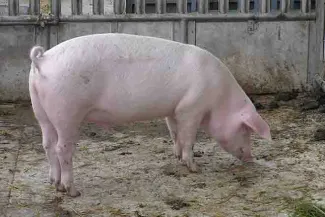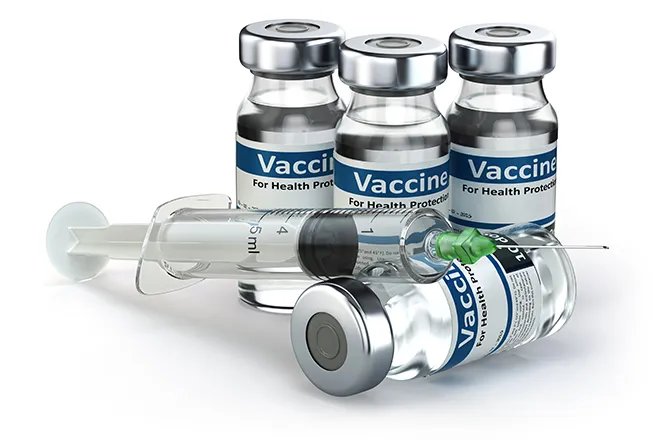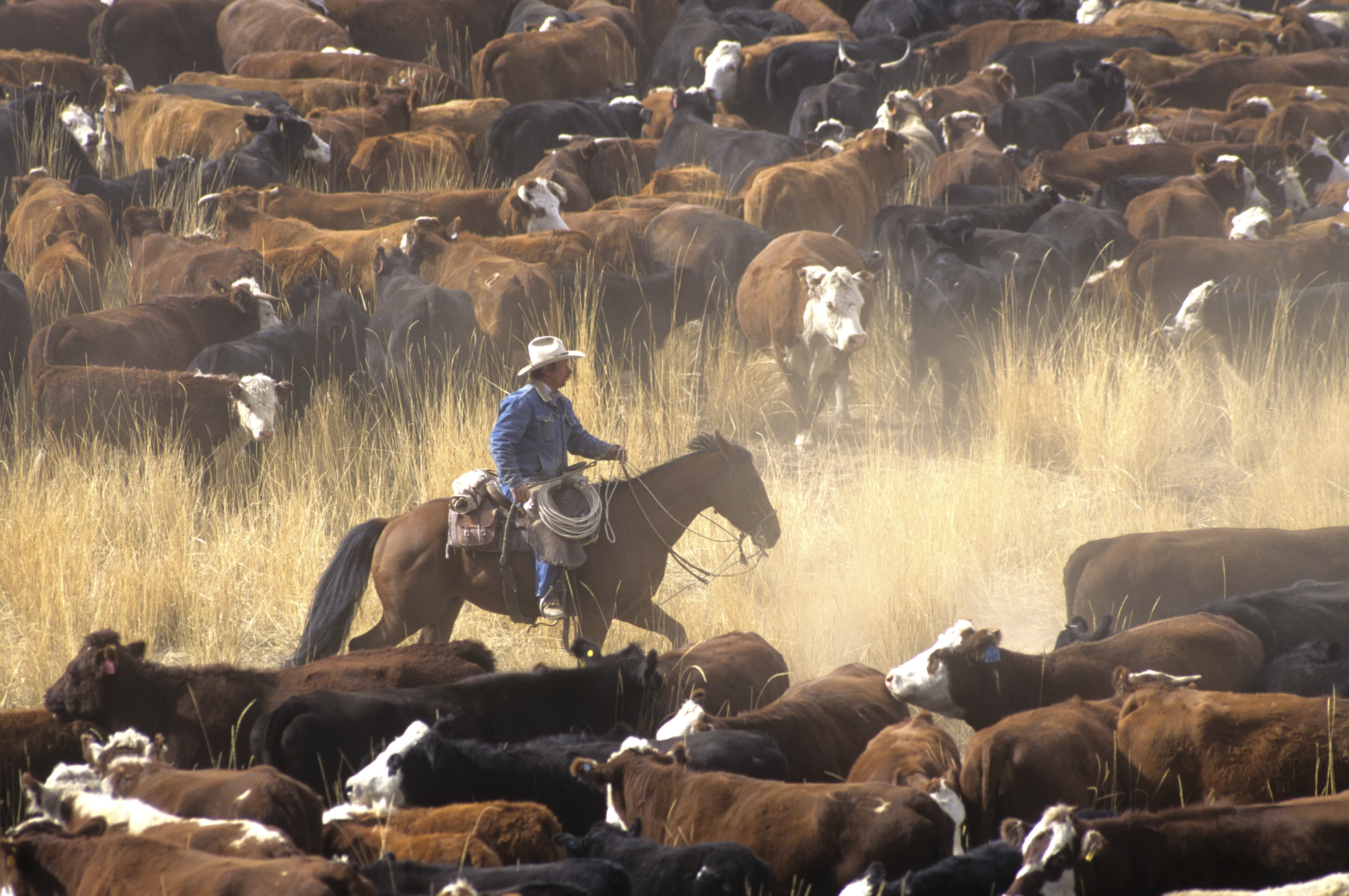
Unsafe Illinois feed facilities harm workers, compromise public health
© iStock - Pashalgnatov
Click play to listen to this article.
(Illinois News Connection) A new study shows more than 1 million tons of animal waste is produced every year in the U.S.
Consumers' desire for more animal protein and better efficiency to reduce world hunger are a few of the reasons for the increase in concentrated animal feeding operations, and opponents said the emissions the large operations produce pose a risk to public health. Confined animal manure, waste, and urine fall onto slatted floors into a manure pit and are then piped into a pond or "manure lagoon."
Elise Pohl, a graduate student in global public health at the Queen Mary University of London, explained the disposal process.

Wikimedia - Public Domain
"They take that manure and they pipe it into trucks to fertilize land," Pohl pointed out. "While it is sitting in that lagoon, it emits several different components: ammonia, hydrogen sulfide, methane, endotoxins, carbon dioxide."
Pohl noted the facilities usually have no ventilation system, which permits particulate matter to float in the air amid feces and dust.
The Illinois Environmental Council said the state has 30,000 livestock operations, including an estimated 500 large concentrated animal feeding operations, one of the highest numbers of large-scale factory farms in the country. Large-scale ag producers said they are trying to meet consumer demand and are constantly looking for ways to be more environmentally friendly.
Research has shown employees exposed to manure pit gases have higher rates of respiratory illnesses. As many as 70 percent of exposed workers developed acute bronchitis due to a lack of occupational health and safety measures.
Pohl emphasized the health risks do not stop there.
"The front-line workers that are exposed to things like avian influenza and antimicrobial resistant genes, and they can take that home, expose their family and friends," Pohl outlined. "Then it's further spread into the community."
The study showed residents living near the large operations had higher rates of infant mortality and adults were diagnosed with more cases of tuberculosis, anemia, kidney disease and increased rates of hospital admissions than residents living in ZIP Codes with no large swine operations.

















